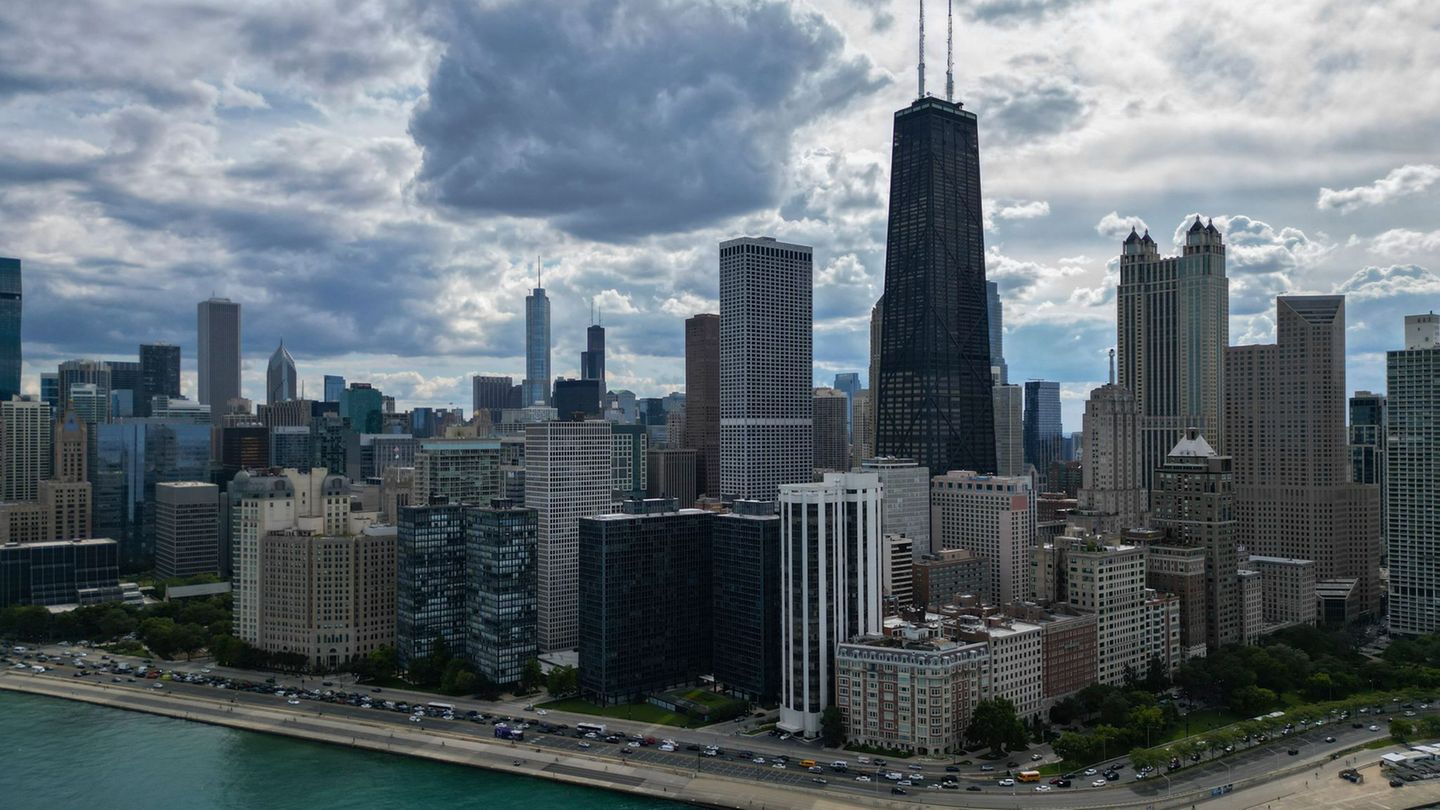While, the MEP or Stock Exchange -also valued with the Global 2030- rose 4.5% ($8.73) to $203.97for which the exchange rate gap increased to 78.8%.
In this way, the exchange rates that operate in the Stock Market accumulated jumps of more than almost $15 in the last three days, due to hedging against high inflation, and after the announcement of new bonds by the Government, whose financing awakens some in the market. They had previously had collapses of more than $40 as a result of the announcement of the beginning of an understanding with the International Monetary Fund (IMF) at the end of January.
In the private sector, they project a floor of 5% for inflation in April and 60% for all of 2022, expectations that put pressure on the foreign exchange market since, in these types of situations, investors usually seek to protect their money in an asset considered safe such as the US currency.
At the same time, the Executive Branch announced this week a bonus of $18,000 for informal workers, private households, and monotributistas, and another of $12,000 for retirees (which is added to the previous bonus of $6,000), after knowing the highest quarterly inflation since 1991 , which fundamentally hits the most vulnerable sectors.
The financing of said monetary aid could be given through indebtedness in pesos with the market, or through a tax on the “unexpected income” of some sectors due to the effects of the war in Ukraine, as the Minister of Economy, Martín, intends. Guzman.
However, if it fails to raise funds through these two channels, the Treasury should resort to a greater monetary issue from the BCRA, putting in check the goals agreed with the IMF and putting pressure on key macroeconomic variables such as the dollar and inflation.
“The sudden rebound in financial dollars in the last rounds, triggered mainly by economic announcements and inflation data, becomes a test to measure the strength and validity of the ‘carry-trade’, and in that sense possibly in the short In the term, the references go through a greater lateralization in the face of the supply of foreign currency at this stage, but then the high nominal value of the economy would be in command,” estimated the economist Gustavo Ber.
In this context, on Wednesday it was known that the fiscal deficit for the first quarter reached some $192.7 billion (0.27% of GDP). Although the goal agreed with the IMF was overachieved, some analysts warned that this was fundamentally due to the way in which the difference between what was raised by debt issues in pesos and the nominal value of what was placed was accounted for.
From Investing in the Stock Market they estimate that the rate of devaluation will continue between 3.5% and 4% per month, for which they consider “that a rise in the gap will be explained by the CCL side.”
“You are seeing a market sensitive to recent political news driving the current CCL rebound. In turn, as agriculture sells off its crop and the opportunity cost of not carrying trades declines, we believe the CCL will continue to gain strength. as seen last year converging with the reference value of our benchmark or even to a higher level. Although we imagine that the CCL will drive the gap up, we see it as difficult for it to reach levels of 123% as in January 2022 (pre-agreement with the IMF),” the entity said.
official dollar
In the official segment, the wholesale dollar rose 13 cents to $114.09. In this way, the BCRA is on track to validate its largest weekly devaluation since October 2020.
After having to sell foreign currency in the previous day to supply the demand, the monetary authority was helped by an improvement in the offer for exports this Thursday. This allowed him to end his speech with a positive balance of US$30 million and increase the net purchase of the month to US$160 million.
Even so, an operator maintained that the result for the official regulation regarding the purchase of foreign currency “does not finish defining a jump in the levels of recovery of reserves at the beginning of the commercialization of the new harvest of grains.”
For his part, the retail dollar-without taxes- increased 42 cents to $119.58, according to the average in the main banks of the financial system. In turn, the retail value of the bill at Banco Nación increased 25 cents to $119.
The Solidarity Dollar -which includes 30% of the PAÍS tax and 35% deductible of profits- it grew 70 cents to $197.31 on average, though it was outperformed by both blues and financiers.
The The blue dollar rose this Thursday, April 21, and reached a nominal maximum at the end of March, according to a survey of Ámbito in the Black Market of Currencies.
The informal dollar climbed $2 to $202 and the gap with the official price ended at 77.1%. With this rally, it accumulates a rise of $7 in the last three sessions, after operating at six-month lows.
Source: Ambito
David William is a talented author who has made a name for himself in the world of writing. He is a professional author who writes on a wide range of topics, from general interest to opinion news. David is currently working as a writer at 24 hours worlds where he brings his unique perspective and in-depth research to his articles, making them both informative and engaging.




